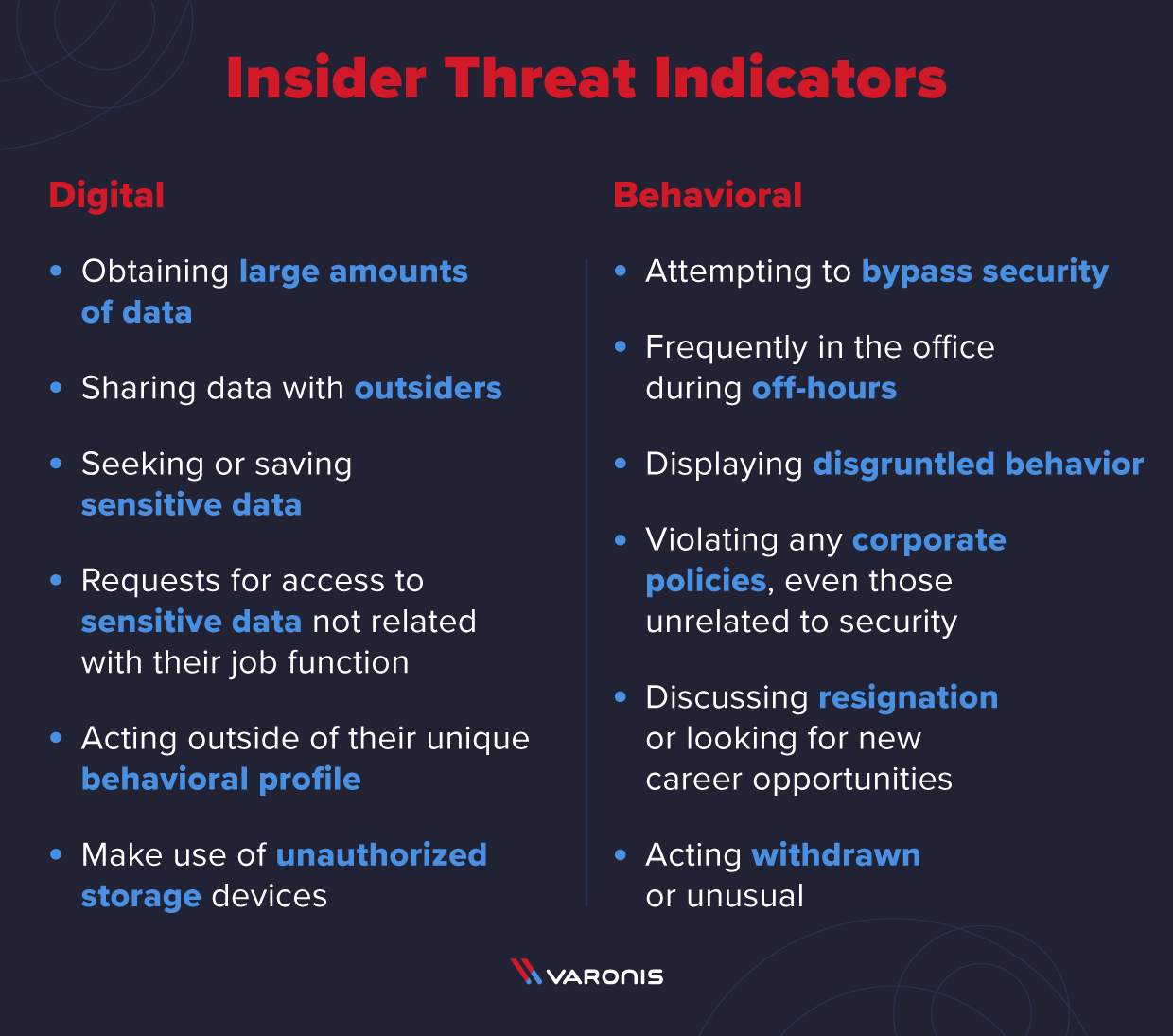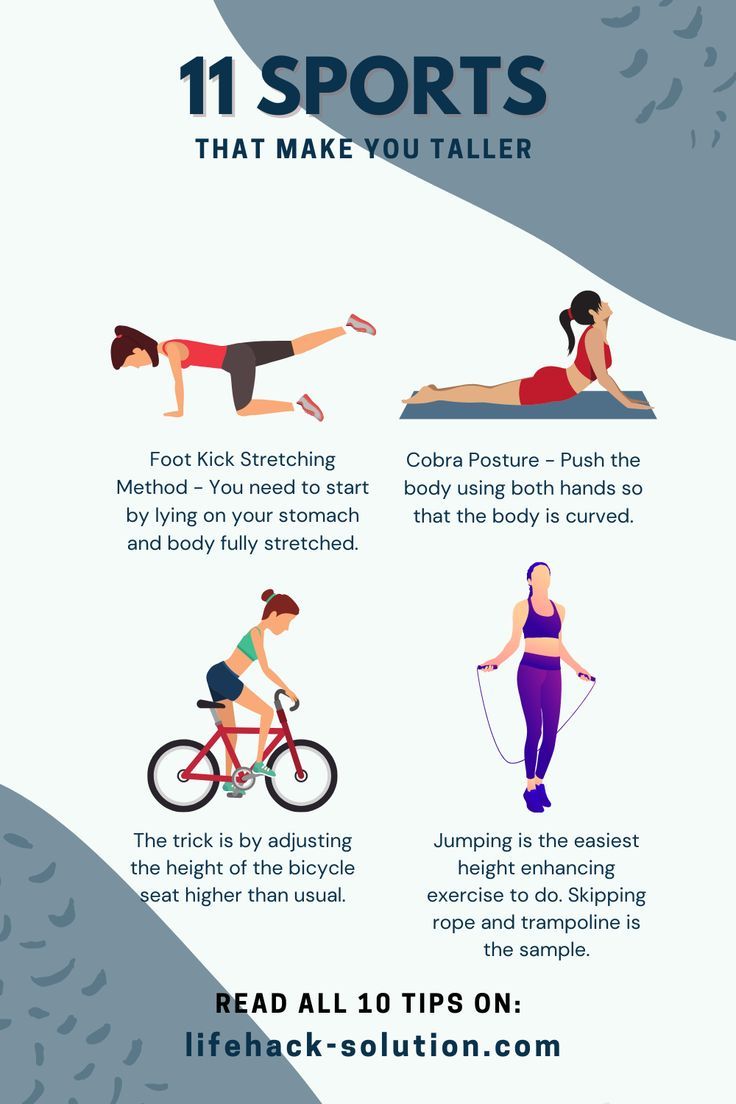Best Martial Arts for Self Defense: Complete Guide to Effective Fighting Disciplines
Understand martial arts effectiveness
The question of which martial art reigns supreme has sparked countless debates among practitioners, instructors, and self-defense enthusiasts. The truth is more nuanced than declare a single winner. Effectiveness depend on various factors include your physical attributes, training goals, available time for practice, and the specific situations you’re prepared for.
Modern combat sports and mixed martial arts competitions have provided valuable insights into which techniques work under pressure. Yet, sport fighting differ importantly from streetself-defensee scenarios. The best martial art for you combine practical techniques, realistic training methods, and skills that match your personal circumstances.
Top martial arts for self-defense
Brazilian jiu-jitsu
Brazilian jiu-jitsu (bBJJ)has eaearnedecognition as one of the virtually effective martial arts for self-defense, especially in close quarters situations. This grappling art focus on ground fighting, submissions, and leverage base techniques that allow smaller practitioners to overcome larger opponents.
BJJ excels in teach practitioners how to remain calm under pressure, escape from disadvantageous positions, and neutralize threats without rely on strike. The art emphasize experience spar (rolling ) which provide realistic training experiences that tight sisimulatesctual confrontations.
The primary limitation of BJJ for self-defense lie in its ground fight focus. Street encounters oftentimes involve multiple attackers or environmental hazards that make go to the ground dangerous. Nonetheless, since many fights do end up on the ground, BJJ skills prove invaluable.
Muay Thai
Know as” the art of eight limbs, ” uMuay Thaitilize fists, elbows, knees, and shin for devastate striking combinations. This thThaiartial art has prprovedts effectiveness in both ring competition and sself-defensesituations.
Muay Thai training develop exceptional conditioning, powerful strikes, and effective clinch work. The clinch techniques are especially valuable for self-defense, allow practitioners to control opponents at close range while deliver knee strikes. The art’s emphasis on aggressive forward pressure and powerful strikes can rapidly end confrontations.
The comprehensive nature of Muay Thai striking, combine with its proof track record in professional fighting, make it an excellent choice for those seek effective stand up combat skills.
Box
Boxing might seem limit compare to martial arts that incorporate kicks and grappling, but its focus on punching, footwork, and head movement create formidable fighters. Professional boxers possess some of the best hand eye coordination, timing, and punching power in combat sports.
For self-defense, boxing offer several advantages. Punches are natural movements that most people can learn comparatively chop chop. Box develop excellent cardiovascular fitness, mental toughness, and the ability to remain composed under pressure. The footwork and defensive skills translate advantageously to avoid confrontations solely.
Boxing’s main limitation for self-defense is its restriction to punches exclusively. Nonetheless, the speed and power develop through box training oftentimes compensate for this limitation in real world situations.
Krav Maga
Develop for the Israeli military, Krav Maga focus specifically on real world self-defense scenarios. This system emphasize aggression, simultaneous attack and defense, and techniques design to incapacitate attackers rapidly.
Krav Maga incorporate techniques from boxing, wrestling, judo, and street fighting. Training include defenses against armed attackers, multiple opponents, and attacks in confine spaces. The system prioritize instinctive movements and gross motor skills that function under extreme stress.
While Krav Maga excels in self-defense applications, the quality of instruction vary importantly between schools. Some programs focus more on fitness and basic techniques preferably than the intensive training require for true proficiency.
Mixed martial arts (mMMA)
MMA combine techniques from multiple martial arts disciplines, create substantially round fighters proficient in striking, grappling, and transitions between different ranges of combat. MMA training typically includes boxing, kickboxing, wrestling, andBraziliannjiu-jitsuu.
The comprehensive nature of MMA training prepare practitioners for various self-defense scenarios. Whether a confrontation remain stand or go to the ground, MMA practitioners possess relevant skills. The intense training and regular spar develop mental toughness and the ability to perform under pressure.
MMA require significant time investment to develop proficiency across multiple disciplines. The training intensity may not suit everyone, and the risk of injury during spar is higher than in some other martial arts.
Factors that determine effectiveness
Training quality and realism
The effectiveness of any martial art depend intemperately on training quality. Schools that emphasize experience spar, pressure testing, and realistic scenarios produce more capable practitioners than those focus exclusively on forms or compliant drills.
Look for instructors with legitimate credentials, either through competition experience or recognize certification programs. The best schools regularly test techniques against resist opponents and adapt their curriculum base on what really work.
Physical attributes and limitations
Your physical characteristics influence which martial arts suit you advantageously. Taller individuals with longsighted reach might gravitate toward boxing or kickboxing, while shorter practitioners oftentimes excel in grapple arts like wrestling or BJJ.
Age, fitness level, and previous injuries too affect martial arts selection. Some arts place greater demands on flexibility, cardiovascular fitness, or joint mobility. Choose a martial art that match your current capabilities while offer room for improvement.
Time investment and learning curve
Different martial arts require vary amounts of time to develop basic proficiency. Boxing and Muay Thai students can learn effective techniques comparatively rapidly, while BJJ typically require years to achieve competence.
Consider your available training time and long term commitment. Consistent practice over months and years matter more than the specific art you choose. A boxer with two years of regular training will Belize will outperform a casual BJJ student with the same time investment.
Situational considerations
Multiple attackers
Most traditional martial arts focus on one combat, but real world self deself-defenseions sometimes involve multiple attackers. In these scenarios, mobility and striking arts like boxing or muay thMuay Thaiadvantages over grapple arts that can leave you vulnerable to additional attackers.

Source: starsinsider.com
The best strategy against multiple opponents involve create distance, identify escape routes, and avoid prolonged engagement. No martial art guarantee success against multiple attackers, make situational awareness and avoidance the primary defense.
Confined spaces
Self-defense situations don’t invariably occur in open areas. Elevators, hallways, cars, and other confine spaces limit movement and affect technique selection. Martial arts emphasize close range techniques like elbows, knees, and grapple prove more useful in tight quarters.
Training should include scenarios that simulate confine spaces to develop appropriate responses. Techniques that require significant room for execution become impractical in cramped environments.
Weapon encounters
Armed attackers present extreme danger that change self-defense priorities entirely. Most experts recommend compliance and escape when face weapons, as no martial art guarantee survival against armed opponents.
Some systems like Krav Maga include weapon defenses, but these techniques require extensive training and should be considered last resorts. The primary defense against weaponremainsin awareness, avoidance, ade-escalationion.
Choose your path
Assess your goals
Define your primary objectives before select a martial art. Do you seek general fitness, sport competition, traditional culture, or practical sself-defense Different arts excel in different areas, and your goals should guide your selection.
Self-defense effectiveness require regular sparring and pressure testing. If your primary concern is personal protection, prioritize schools that emphasize realistic training over those focus on forms, philosophy, or traditional ceremonies.
Trial classes and school visits
Near reputable martial arts schools offer trial classes or allow prospective students to observe training sessions. Use these opportunities to evaluate instruction quality, training intensity, and school culture.
Pay attention to how advanced students perform under pressure during spar sessions. Do they demonstrate the skills and attributes you hope to develop? Do beginners progress at reasonable rates?
Instructor credentials
Research instructor backgrounds and credentials cautiously. Legitimate instructors typically have verifiable competition records, certifications from recognize organizations, or training lineages they can document.

Source: karatecollection.com
Be wary of instructors make unrealistic claims about their arts or promise rapid mastery. Effective martial arts require time, effort, and consistent practice to develop genuine proficiency.
The reality of self-defense
While martial arts training provide valuable skills, physical confrontation should constantly be a last resort. The virtually effective self-defense strategy involve awareness, avoidance, and de-escalation.
Situational awareness help you identify and avoid potentially dangerous situations before they escalate. Trust your instincts about people and environments that feel wrong. Virtually successful self-defense occur before any physical contact take place.
When verbal de-escalation fail and physical confrontation become unavoidable, your training should focus on create opportunities to escape sooner than prolonged fighting. The goal is personal safety, not prove martial arts superiority.
Build a complete skill set
The virtually advantageously rounded approach to self-defense combine elements from multiple martial arts. Start with one primary art to build a solid foundation, so supplement with techniques from other systems as your skills develop.
A typical progression might begin with box for fundamental striking skills, add BJJ for ground fighting, and incorporate elements of wrestle for takedown defense. This combination cover most ranges of combat while remain manageable for most practitioners.
Remember that physical techniques represent exclusively one aspect of personal protection. Mental preparation, legal knowledge, and first aid skill complement martial arts training to create comprehensive self-defense capabilities.
The journey of martial arts extend far beyond learn to fight. The discipline, confidence, and mental fortitude develop through consistent training frequently prove more valuable than specific techniques. Choose an art that motivate you to train regularly, as consistency trump style selection in develop genuine capability.
MORE FROM weirdsearch.com













